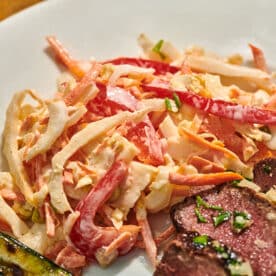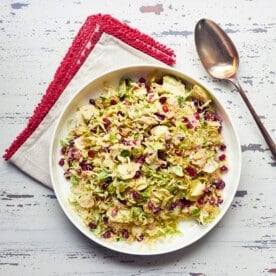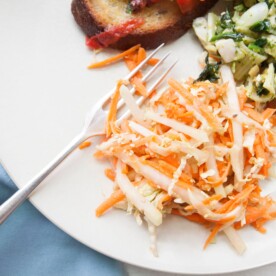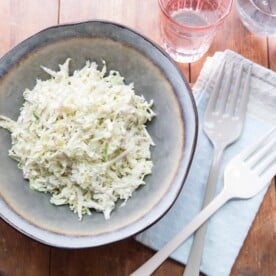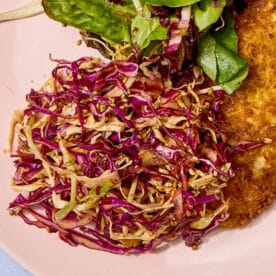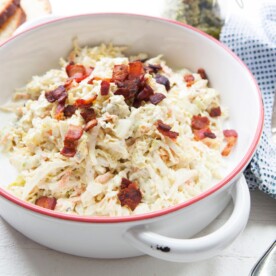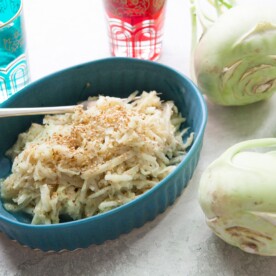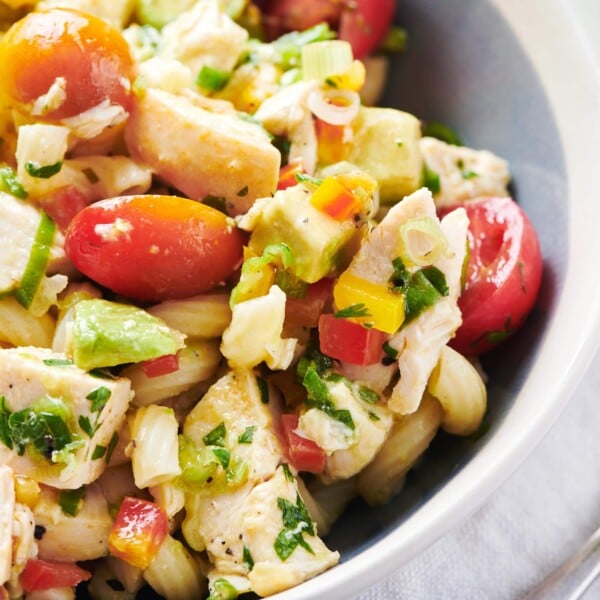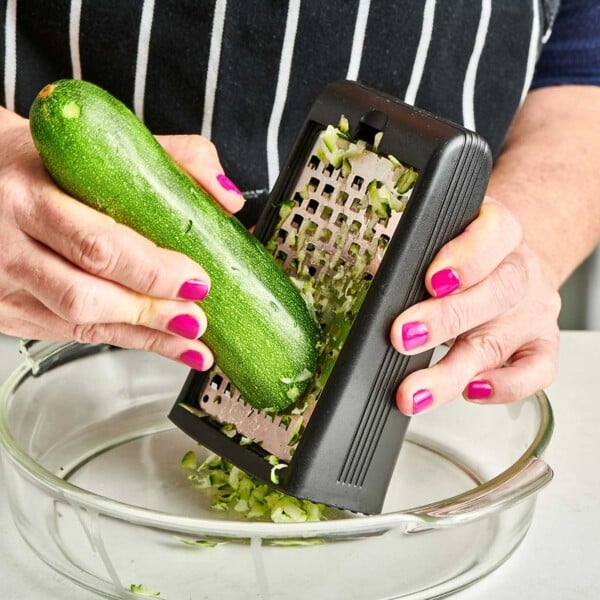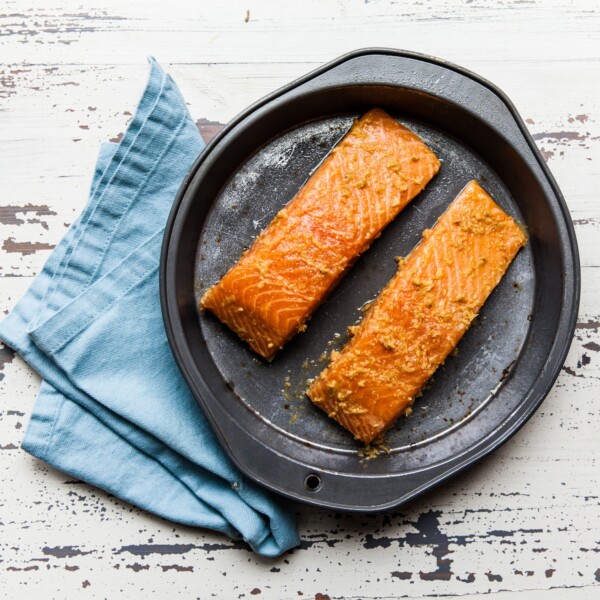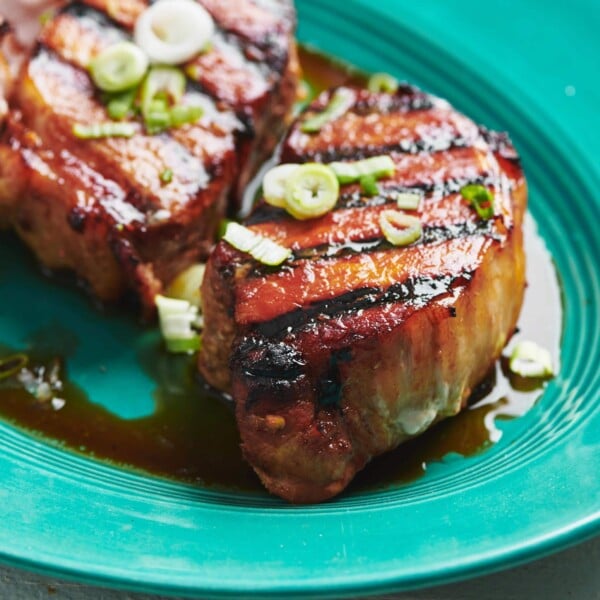6 Great (and Surprising!) Slaws
on Jun 16, 2019, Updated Apr 21, 2025
This post may contain affiliate links. Please read our disclosure policy.
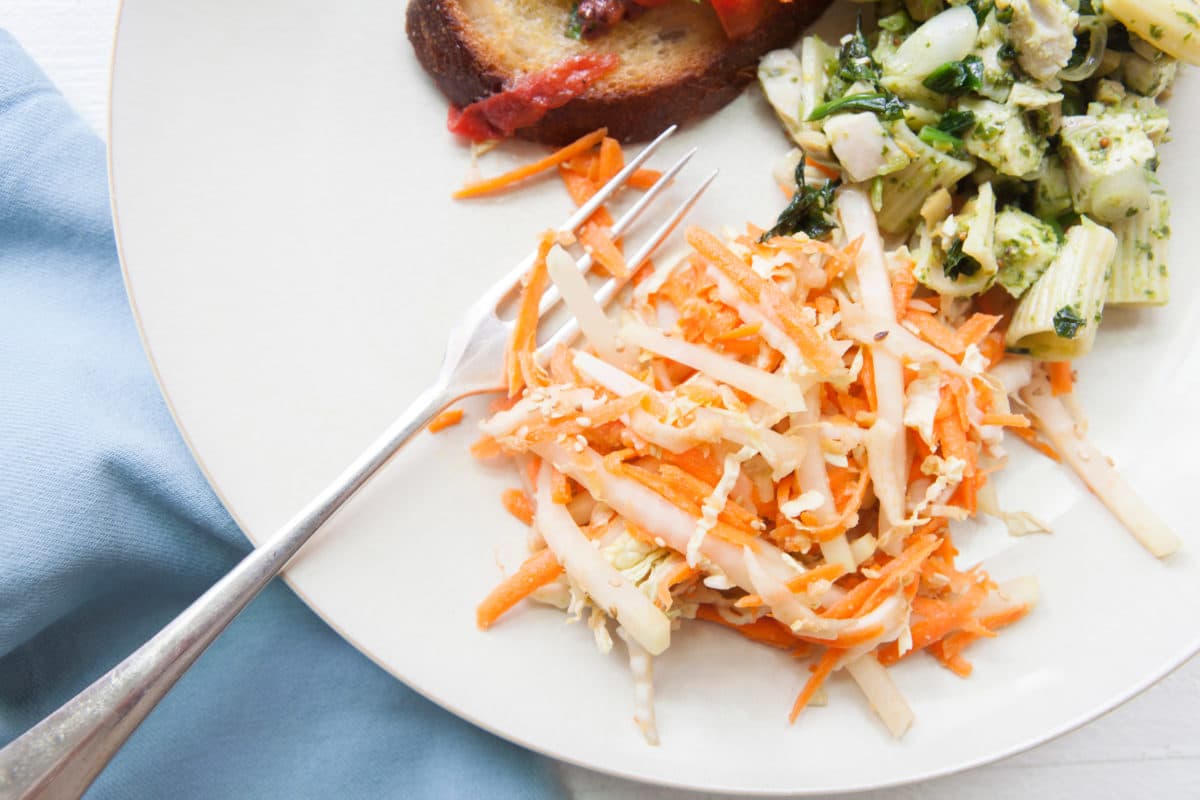
Even though I love a good slaw all year round, Summer is definitely slaw season. It’s hard to image a barbecue or a picnic or a warm weather potluck of any kind without a slaw or two on the table.
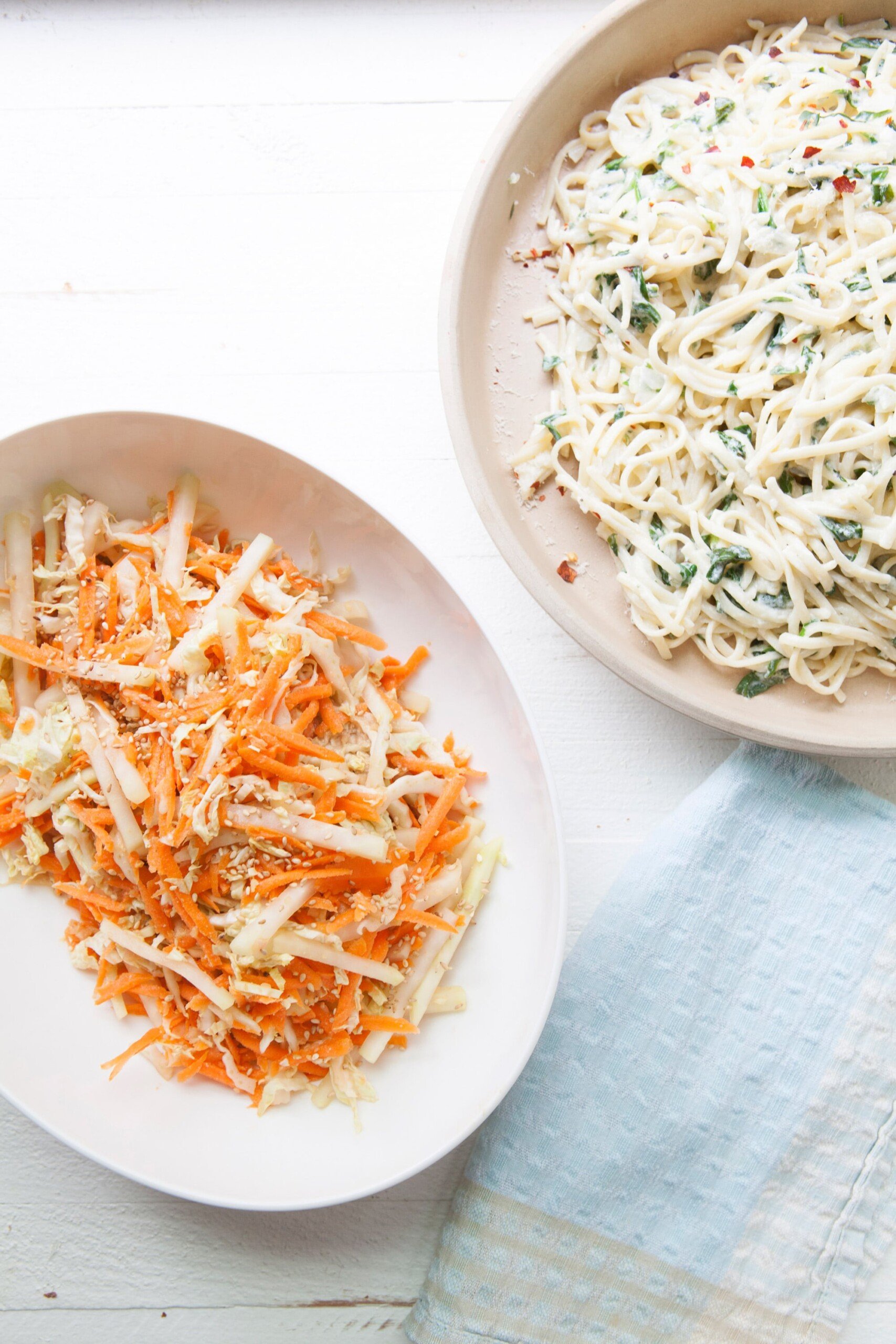
Plus, I love a slaw for topping a taco, whether it be a fish taco or turkey, or a fish sandwich, or a burger or pulled pork piled on a roll.
By signing up, you agree to our Privacy Policy.
I love all kinds of coleslaw, or just “slaw” as many people call it. I’m all in on a basic slaw—cabbage-centric, maybe some carrots for color, a bit of onion for bite, and a creamy mayo-based dressing. I even like the sometimes mediocre, very creamy slaw served in those little paper cups alongside a sandwich at the deli or diner. Classics are classics for a reason. But there is definitely slaw life beyond cabbage.
What Is the Difference Between Coleslaw and Slaw?
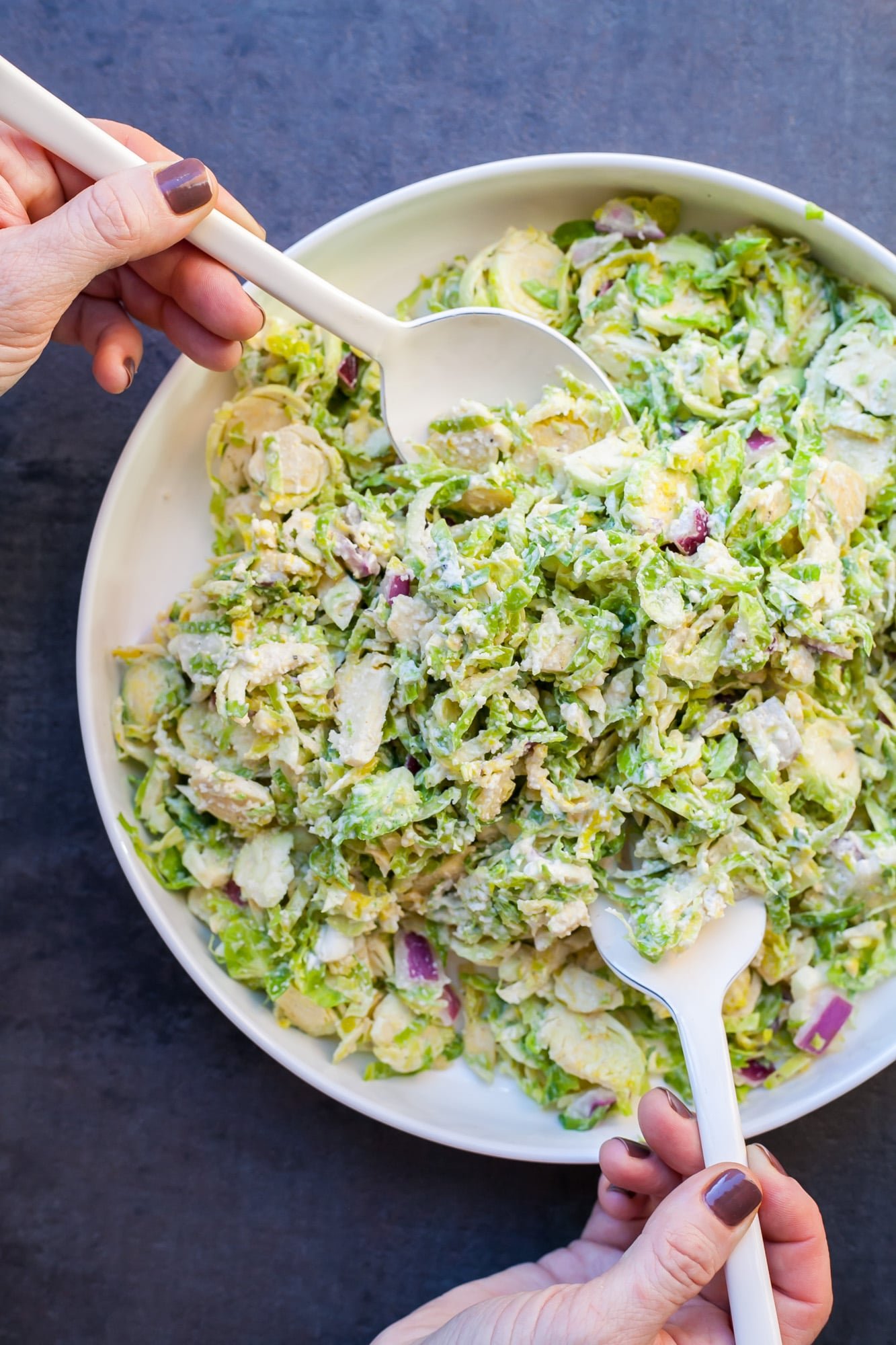
Apparently it’s called coleslaw when cabbage is the star, but when other non-cabbage vegetables are featured, then it’s technically a slaw. This is what the internet has told me. The roots of the word coleslaw are in a Dutch word that essentially translates to cabbage salad. Knowledge! So powerful!
My definition of slaw also rests on the idea that most if not all of the ingredients in the salad are shredded. Perhaps finely, perhaps coarsely, and there may be some non-shredded components in there, but they should also be small enough to blend themselves right in with the shredded vegetables.
A great slaw (or coleslaw, depending on where you hail from) rounds out a meal with flavor and crunch. Here are some traditional and not-so-traditional ways to get your slaw on.
